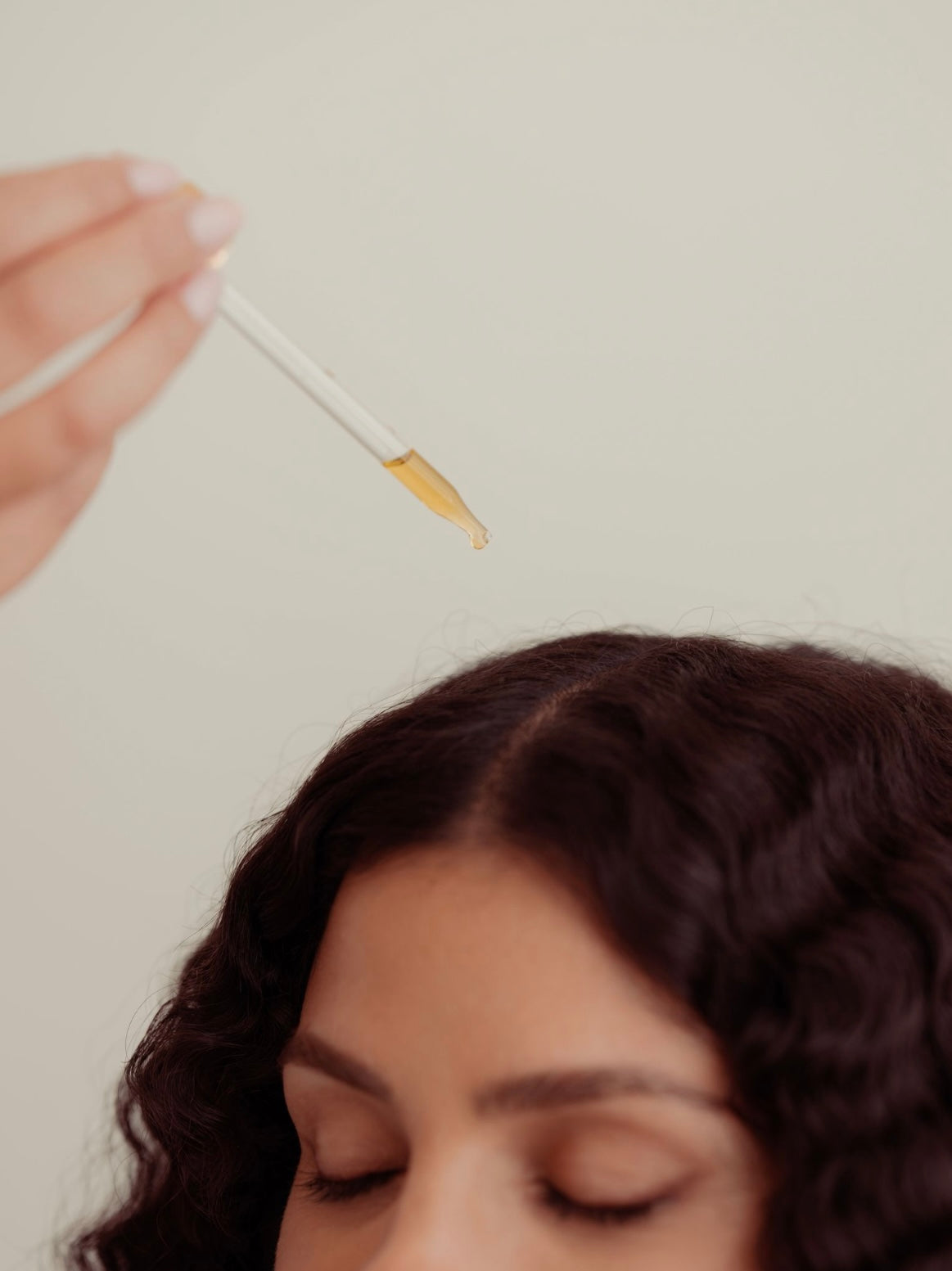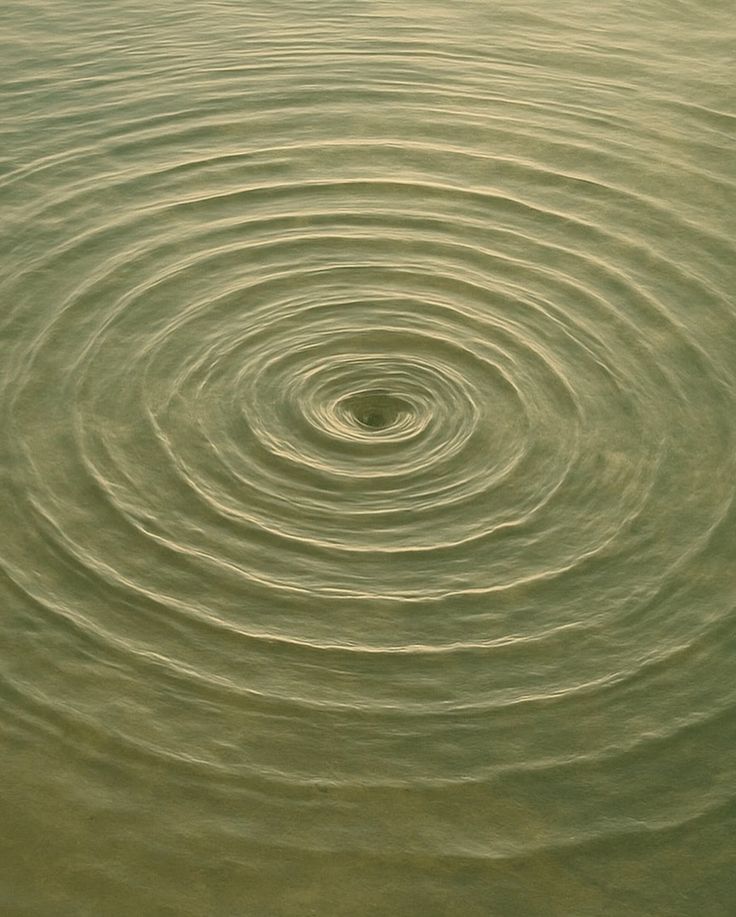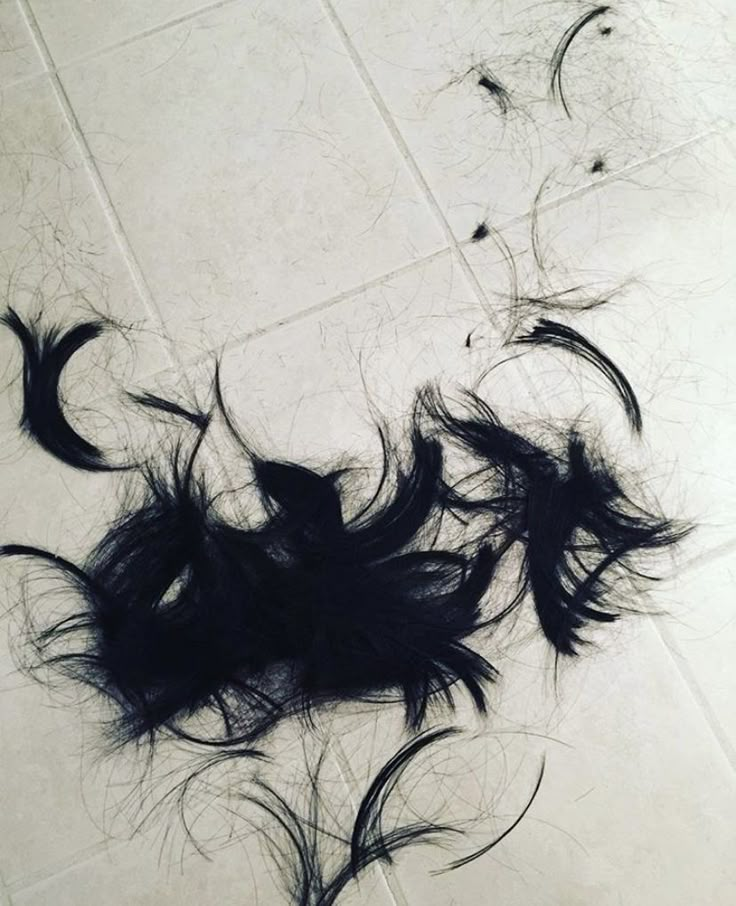Scalp Care As Skin Care
One of the body’s largest organs? Our skin.
Our dermis is a living screen that has the important job of protecting the delicate systems in our body while also absorbing what we give it.
And the most absorbent part of our skin? Our hair follicles and the pores that are all over our body and scalp.
But blanket statements like “60% of everything you apply to your skin ends up in your bloodstream” and “it only takes 26 seconds for a cosmetic ingredient to reach your bloodstream” can be misleading.
The extent of absorption actually depends on a number of factors, including:
- Molecular weight
- Solubility
- Duration of contact
- Condition of the skin
- Concentration
For instance, substances with a low molecular weight tend to flow better and penetrate deeper into the skin. Ingredients that are fat soluble or water soluble will have different properties of movement between or around cells.
Considering all these factors, it’s probably comforting to know that not everything you put on your skin ends up being absorbed.
Unfortunately, there are still plenty of harmful agents that can penetrate your skin and end up in your bloodstream. At the end of the day, your skin is porous. Be vigilant about what you apply, and always read the ingredient list carefully before slathering on a new product.
Take control of what your scalp absorbs.
Endocrine Disruptors and our Toxic Load
When shampoos and other cosmetic products contain substances known as endocrine disruptors, it means these chemicals can interfere with the endocrine (or hormone) system in the human body. This can potentially lead to a variety of health issues. Endocrine disruptors can mimic, block, or otherwise interfere with the body's natural hormones, which are critical for development, growth, and overall health.
The term "toxic load" refers to the accumulation of toxins in the body from various sources, including personal care products. Consistent exposure to these toxins, especially if they are endocrine disruptors, can increase an individual's toxic load, potentially leading to negative health effects. This is because the skin, including the scalp, can absorb these chemicals, which then enter the bloodstream and can affect bodily functions.
Therefore, when choosing personal care products like shampoos, many people prefer those free from known endocrine disruptors to minimize their toxic load and potential health risks.
Off-Scalp Products:
Understanding the concerns about endocrine disruptors is crucial, particularly when it comes to personal care products. It's important to differentiate the application and effect of a hair conditioner from products meant for skin application.
Hair conditioners, including our Nourishing Conditioner, are formulated specifically for hair strands, which are essentially dead cells. They work on the surface of the hair to detangle, smoothen, and enhance shine. The key here is that conditioners are not designed to be absorbed by the scalp or skin. Unlike skin, hair does not have the ability to absorb ingredients in the same way due to its structure.
When applied as intended – predominantly on the mid-lengths to ends of the hair, away from the scalp – the exposure of any ingredient to the scalp or skin is minimal. This minimal contact reduces the potential for systemic absorption significantly. Moreover, conditioners are typically rinsed out within minutes, further limiting any potential for absorption.
Therefore, the likelihood of a hair conditioner acting as an endocrine disruptor is greatly reduced due to its mode of application and use. The concentration of Disodium EDTA in our conditioner is within safe limits and is designed to act on the hair, not the scalp or skin.
So now let’s talk about the scalp.
The scalp is the fastest aging skin compared to any other on the body. We know that the scalp ages 12 times faster than skin on the body, and 6 times fast than skin on the face. As it ages, it loses its ability to hold and retain moisture, and that moisture is necessary to create an environment for hair growth.
Fun fact: According to the American Dermatology Association, our scalp contains about 100,000 follicles, each of which contains a single hair. Attached to every follicle is also a sebaceous gland that produces an oily sebum to keep skin and hair lubricated.
But harsh products that contain sulfates as foaming agents disrupt the pH balance and protective moisture barrier of the skin on your head. We don’t want that. Basically, your scalp should never be stripped clean. That’s a sign it’s being dried out, which can lead to bacteria, overproduction of sebum, and vulnerable skin and hair.
Alcohol and fragrances can further starve moisture from your scalp and cause hair to become frizzy and brittle. Harsh chemicals like dyes and salon treatments can also leave you with damage, so it’s especially important to adopt scalp and hair masking if you color your hair.
And always remember, conditioner is for the Hair and Not the Scalp. it can clog your pores and deposit ingredients unnecessary for the scalps skin.
Where oiling comes in:
When it comes to hair products, it’s tempting to jump on the latest trends. But if results are what we’re after, we’d do well to look right in our kitchens. (Okay, maybe a nicer extra virgin oil than the one we use to cook onions.)
Olive oil is a timeless ingredient when it comes to hair oils, penetrating the hair shaft with its rich content of monounsaturated oleic acid. By allowing the olive oil to rest on your scalp in a masking treatment, you let the oil penetrate through the follicles to feed your skin and hair at the root.
We’ve recently made over our products with a new, regenerative-farmed olive oil sourced from the healthy soils of Qozhaya in Lebanon. Want to read more about why this oil is better for your hair? Check out that blog here.



